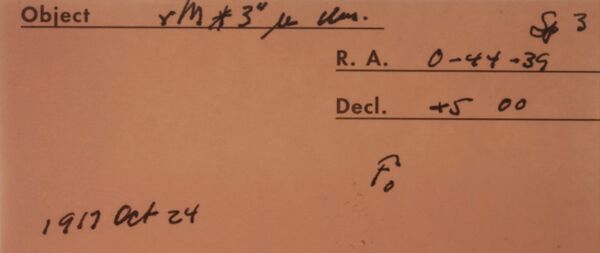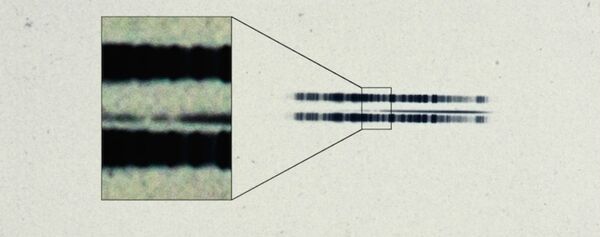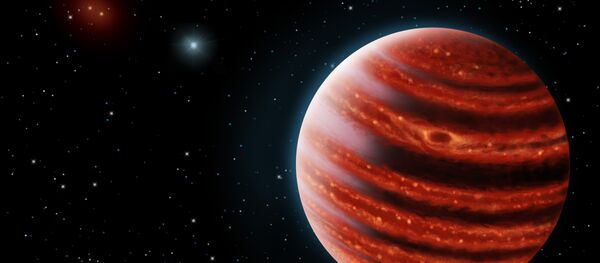Before the advent of digital tools astronomers used the objective prism and glass photographic plates to record and analyze the spectra of, or the light emitted by, stars. By using a prism to split the light into different colors astrophysicists can infer many physical and chemical properties of stars and classify them into a logical sequence.
Jay Farihi, the author of the paper, asked the Carnegie Observatories for a plate in its archives that contained a spectrum of van Maanen’s star, a white dwarf discovered by Dutch-American astronomer Adriaan van Maanen, also in 1917.


"The unexpected realization that this 1917 plate from our archive contains the earliest recorded evidence of a polluted white dwarf system is just incredible," said Carnegie Observatories’ Director, John Mulchaey.
"The fact that it was made by such a prominent astronomer in our history as Walter Adams enhances the excitement."
Jay Farihi said that while planets have not yet been detected orbiting van Maanen's star, nor around similar systems, such a discovery is only a matter of time.
"The mechanism that creates the rings of planetary debris, and the deposition onto the stellar atmosphere, requires the gravitational influence of full-fledged planets," Farihi explained.
"The process couldn’t occur unless there were planets there."



